What Happens if You Have a Concussion and Still Play Football and Get Hit in the Head Again

Soccer Concussions: Myths, Facts, Prevention, and Recovery
- Share:
If you ask the average American which sport causes the about concussions, they're probably going to say, "football." Information technology'south a contact sport with violent collisions on many plays. Football players take repeated hits to the caput and often suffer concussions. But what most soccer? Many people are surprised to discover that soccer ranks amidst the top five sports causing concussions in both genders. For women, information technology's actually the #1 concussion-causing sport. If you're a soccer actor, this might not be surprising news. You might take had a concussion or 2 from playing soccer, and if not, y'all probably know others who have. But you lot might accept a lot of questions about concussions from soccer. In this commodity, we're going to talk nigh: If you're experiencing symptoms that won't resolve after a sports concussion, yous're not alone. 95% of our patients feel statistically verified restoration of brain part. To see if you lot are eligible for treatment, sign upward for a free consultation . What is a concussion? We'll await more in depth at what happens in the brain during a concussion subsequently in this commodity, but basically, a concussion is a non-life-threatening head injury that causes inflammation and damage to cells in the brain. It can have short and long-term furnishings. Allow's expect at some common concussion myths and truths about concussions. Myth: You didn't have a concussion if you didn't go knocked out. For many years, people mistakenly thought you had to get knocked out to have a concussion. Anything less? Brush it off and get back into the game. We now know this is faux. While losing consciousness — even briefly — is indeed a sign of a possible concussion, studies show that 90% of diagnosed concussions occur without loss of consciousness. Myth: You take to hitting your caput to have a concussion. Sure, many concussions result from a head impact with an object, such as another person's trunk, a soccer ball, or fifty-fifty the ground. But you lot can also go a concussion as a result of your head whipping dorsum or to the side quickly, or from coming to an abrupt stop. Basically, annihilation that causes your brain to crash into your skull can cause a concussion. Myth: If I don't have the most common concussion symptoms, I don't have a concussion. Some of the about mutual symptoms associated with a concussion are defoliation, headaches, dizziness, and nausea. However, not everyone experiences these symptoms; your symptoms may be less obvious. Some people who are normally kind and patient become extremely irritable, angry, or aggressive. Anxiety and low are concussion symptoms that are hands attributed to other causes. Some people might have some difficulty concentrating, but they still do well in school. Non anybody experiences the same symptoms, so information technology's of import to get checked out if something unusual is going on. Fact: Football has the highest concussion charge per unit of all sports. In high school sports, more than 60% of diagnosed concussions come from playing football game. For females, however, soccer is the sport that results in the well-nigh concussions. Approximately 5% of soccer players sustain a brain injury every twelvemonth. It's estimated that in that location are betwixt 1.6-3.8 million sports-related and recreation-related concussions in the U.s. every twelvemonth, and that ten% of all athletes playing a contact sport suffer a concussion. For those aged 5-xviii years, the most common recreation-related causes of concussions are bicycling, football, basketball, playground activities, and soccer. Fact: Female person athletes accept more than concussions than males. While most studies of concussions have focused on male athletes, contempo studies show that female athletes are really at higher risk for concussions than male person athletes. In a recent study of high school athletes, concussion rates in sex-comparable sports (sports that both girls and boys play) were college in girls than boys. This same written report showed that females had a college rate of recurring concussions than males did. Another study revealed that betwixt 2010-2015, the charge per unit of concussion was higher in girls' high school soccer than in boys' football game. At the collegiate level, female athletes had a higher rate of concussion in all sex-comparable sports except lacrosse, and female soccer players sustained more concussions than male soccer players. Researchers are still studying reasons why women accept a higher concussion risk than men practise, but they have suggested a few possibilities: That said, there is a chance this enquiry might be influenced by reporting rates. Some researchers suggest that more women than men report concussion symptoms, resulting in a seemingly higher percentage than there really is. The brain is a circuitous organization of nerve cells, proteins, and blood vessels. The billions of nerve cells form the advice network that controls our thoughts, feelings, senses, and movements. They communicate within the brain and send and receive messages to the residual of our bodies. Arteries and veins in the brain move blood that carries oxygen to these cells. The cells demand oxygen to perform all the tasks they must do, such as helping you understand what yous read, or remember things, or even tell your torso to produce the hormones information technology needs in the right amounts and at the correct time. The brain stem connects the brain to the spinal cord. It controls some of our most basic body functions, such every bit breathing, claret pressure, and heart rate. The brain is enveloped in fluid within our skulls and covered by a protective membrane. The purpose of this is to cushion information technology and protect it against impact with the skull, which acts as a protective cage. Concussions happen when the soft, vulnerable brain crashes confronting the difficult, bony skull. This can cause several problems: Our brains tin bruise just like the balance of our bodies. This leads to inflammation and pocket-sized amounts of haemorrhage. There isn't a lot of extra room inside the skull, so swelling or blood clots that class tin can press confronting blood vessels and limit the amount of oxygen delivered to cells. Minor tears in the blood vessels of your brain tin can cause fluid, including blood, to leak out where information technology's not supposed to. This might happen when blood vessels are stretched as well far. When y'all're playing soccer, this could happen when someone runs into you unexpectedly or the ball hits you lot in the head. You can't brace for affect, and your head whips back or to the side with a lot of force. The impact can harm nerve cells. When that happens, the communication system within your encephalon tin can have bug. Messages that ordinarily follow a certain route might not exist able to go through. They accept to find some other, alternate route, which is going to exist slower and much less efficient, leading to problems such equally memory loss, fatigue, and trouble sleeping. If you're experiencing symptoms that won't resolve after a sports concussion, you're not alone. 95% of our patients experience statistically verified restoration of encephalon function. To run into if you are eligible for treatment, sign upwardly for a costless consultation . Concussions tin happen any time your body or caput gets jostled enough to cause your brain to impact the skull. You could just trip and autumn unexpectedly and end up with one. Nevertheless, concussions from soccer tend to stalk from several mutual causes. Is heading the ball dangerous? Does it cause concussions? As concussion awareness has increased in recent years, more people are asking these questions, and more than researchers are studying these issues. A study published in 2022 plant that 30.vi% of high school boys' concussions and 25.3% of girls' concussions happened while heading the ball. However, they determined that it was the body-to-body contact from players fighting to get the ball that normally caused the actual injury, not necessarily heading the ball itself. Some argue that soccer players train to caput the ball, and when done correctly, it'southward non dangerous. Nevertheless, a minor 2022 report showed that heading the ball exhibited immediate, simply temporary, changes to brain function. Other researchers found show of long-term brain changes amongst soccer players who frequently headed the ball. Researchers are looking into the possibility that cumulative damage results from these subconcussive hits. So, unfortunately, there'south no definitive answer to these questions. Until at that place is, players need to be aware of the potential dangers of heading. Don't ignore or minimize any symptoms that you think might be the result of heading. The most common cause of soccer concussions is body-to-trunk contact. The 2022 written report referenced above showed that 68.8% of boys and 51.3% of girls studied sustained their soccer concussions as a effect of trunk-to-body contact during play. It tin can happen when heads knock together, but any torso function to the head can result in injury, including a concussion. Soccer is a sport in which anybody is aggressively fighting over one ball, and so collisions are bound to happen. If you're actively trying to head a ball, y'all've trained for that and are prepared for that action. Your neck and body are braced for the impact. However, unexpected impacts are another matter. While soccer is one of the most pop sports in the earth, it'due south besides a sport with one of the highest injury rates and most sports-related concussions out there. Due to the nature of the sport, the reality is that many concussions just can't be prevented, no thing how hard players try. When bodies are aggressively battling over a ball, sometimes you only can't get out of the way. However, we'll look at some factors that might prevent, or at least reduce, concussions. We know that heading is the one activeness that leads to the highest percent of concussions, and nosotros know that many people are concerned about the long-term effects of heading on the encephalon. Researchers also believe that children are more vulnerable to concussions for several reasons. For i thing, they have weaker neck muscles. The nerve fibers in their brains haven't fully developed even so and are also weaker. Their brains are lighter and disproportionately sized, making head impacts cause more damage than they would to older humans. For these reasons, in 2015, the U.S. Soccer Federation decided to ban heading for young athletes (children under 10 years of age) and to limit heading in practise for children betwixt the ages of xi-13 years of historic period. The intention is to reduce concussions and attempt to prevent long-term brain degeneration, which might pb to the development of chronic traumatic encephalopathy (CTE). Yet not everyone agrees that banning heading at any level volition prevent concussions. Some argue that allowing players to properly train heading in practise, even at young ages, will strengthen their skills and reaction times in play. Others believe that heading itself isn't the problem just that reducing torso-to-trunk contact is the key to preventing soccer concussions. They blame the increment in aggressive play without penalization for the increment in violent bodily contact. American football game players have to the field in helmets and padding. Soccer players? They clothing shin guards. Goalies besides wearable gloves. With the high rate of head injuries that soccer players suffer, would some kind of safety equipment help? The trouble is that near sporting helmets are designed to help prevent traumatic brain injuries, such as skull fractures. They aren't actually designed to prevent concussions because they can't finish the brain from sloshing around inside the skull. However, studies are being done on some newer football and hockey helmets with thicker padding which are designed to reduce the intensity of affect that causes concussions. Some players now article of clothing approved soccer headbands in hopes that the headbands will reduce soccer concussions. The Virginia Tech Helmet Lab tests soccer headgear in fake collisions and claims that some will reduce head injuries significantly. However, other studies carried out in live play showed that they made no difference in the number of concussion injuries. The effectiveness of a soccer concussion headband might depend on the area of impact. If yous go striking in the confront past a ball at high speed and information technology forces your head to whip effectually, the headband won't help. If the impact happens in but the correct place, it might make a difference. The skillful news for goalies who crash into goal posts is that padding the goal posts may prevent or reduce injuries. Studies have been express though, and depending on how the goalie hits, padding may also be ineffective. Screening athletes for vision problems earlier play could be an effective mode to actually help prevent sports-related concussions. Many vision problems get undetected if eyesight office appears to be fine. For instance, if you get to a regular eye checkup, you may be told that your eyesight is 20/twenty and everything looks fine. However, there are other vision problems that are not detected by a typical vision screening, such as problems with depth perception, centre tracking, and peripheral vision. For example, people with middle tracking problems have a hard fourth dimension following moving objects in sports. If you lot're a soccer player and you lot have an heart tracking problem, yous might be more likely to collide with other players or to go hit in the face with a ball, thus increasing your chances of getting a concussion. Virtual reality grooming is on the cutting edge of performance enhancement in athletics. Information technology'south non something that is available to the boilerplate athlete yet, but several companies, such as Be Your Best, Rezzil, and SoccerDream are working with elite players to increase their functioning on the field by practicing perception and sensation to increment successful passing. Perception and sensation are important skills in avoiding injury equally well. If you can increment your spatial awareness and become more skilled in using your peripheral vision, you might brand ameliorate decisions and avert injury-causing collisions. Many sports have implemented baseline testing for their athletes. These are residual and cerebral tests taken before the season begins. The results can be used as a comparison if the athlete is suspected to have suffered a concussion. One drawback to this kind of testing, however, is that some athletes purposely perform poorly on the pre-flavor exam so that a post-test might not betoken impairment. Many organizations take created and implemented sideline protocols to evaluate a actor who may have sustained a concussion in play. Many of these protocols are suggestions included in educational awareness initiatives. They include: If these recommendations are implemented and followed at all levels of the sport, they will aid preclude farther injury to the athlete and reduce recovery time. A elementary vision and balance check on the sidelines is 1 way to quickly identify a possible concussion. Ask the thespian to stand up on ii feet and shut his optics. Does he have trouble balancing? Having trouble balancing is a sign that your basal ganglia is not working correctly (a articulate indication of a concussion). Testing for vision issues is another uncomplicated way to determine if a role player has suffered a concussion, since vision is often immediately affected. A contempo study showed that a unproblematic, inexpensive vision test, the two-minute King-Devick test, is effective in indicating probable concussions. Additionally, some virtual reality companies are developing goggles and portable center-tracking devices for the purpose of quickly testing for vision abnormalities that betoken a possible concussion. Various studies show that approximately thirty-55% of sports concussions go undiagnosed. Why? 1 reason is that players don't always report symptoms they're experiencing. Mayhap they don't retrieve the symptoms are serious enough, or that they'll become abroad apace. They might purposely hide symptoms considering they don't desire to lose playing time or let the team down. Part of the purpose of concussion sensation initiatives like "Recognize to Recover" is to educate players, coaches, and athletic trainers about concussion symptoms and the dangers of not getting properly evaluated and treated immediately. Information technology'south important to support players who self study but also to be aware of the behaviour of teammates. Does a player wait oddly confused? Does she suddenly look similar she'due south not trying? Is he making mistakes that are atypical? Step in, ask questions, and button for evaluation if there is any possibility of a concussion. Information technology'southward important to identify a concussion and remove an athlete from play immediately, because athletes are three to 4 times more likely to sustain a second concussion inside the aforementioned competitive season as the first. Suffering multiple concussions leads to a higher incidence of long-term symptoms, longer recovery, and the increased possibility of developing mail-concussion syndrome. If you're experiencing symptoms that won't resolve after a sports concussion, you lot're not lonely. 95% of our patients experience statistically verified restoration of brain function. To see if you are eligible for treatment, sign upwardly for a free consultation . Most players who've been diagnosed with a concussion want to know how soon they can get back to playing. Unfortunately, there's no simple answer to this question. Every concussion is different and has a different recovery timeline. If y'all want to know more than about recovering from a sports concussion in general, we've written an commodity that might respond many of the questions you take. If you're a soccer player recovering from a concussion, here are some suggestions to help you during this frustrating time. Note: Sam suffered from soccer concussion symptoms for v years. Nothing seemed to assist, until she went through a week of therapy for mail-concussion syndrome at our dispensary. Now, she'due south working and wrapping upwardly her degree. To read nearly her recovery, click here . Mild exercise soon later a concussion is really crucial to concussion recovery. (Read more than well-nigh that here.) The key is not to push yourself to the point your symptoms showtime worsening. You desire to keep your activity at the sub-symptom level. Y'all could exercise this by doing some rubber, easygoing practise drills with teammates at practice. Just don't practice anything that puts you at take a chance of having some other concussion. Practicing heading, or anything that gives you a headache, is not a adept idea during this time! Spending this time with your teammates is also helpful. Social interaction and having a good support system are only every bit important equally your physical recovery. In fact, information technology helps your concrete recovery. Many of the athletic patients in our dispensary report pain and tightness in the neck muscles. Since many soccer concussions involve the neck being forced back or to the side with a lot of force, it makes sense that this area might hurt. Doing neck stretches can help reduce the pain and tension. A neck and shoulder massage might as well be helpful if you have the resources for that. Hither'southward a chart we give patients who experience neck tension: One of the most important tools in the recovery procedure is patience. Be patient with yourself. Be patient with your recovery. It'south never going to happen every bit speedily as you lot want, but you only get one brain during your lifetime, and you lot don't want to risk further injury. Soccer is one of the nigh pop sports in the world, but it'due south important to treat information technology every bit the dangerous sport that it is and to accept encephalon wellness and encephalon injury seriously. If you or anyone yous know has mayhap suffered a concussion, seek medical attention. If you've had symptoms of a concussion that haven't gone away after a few weeks, you may have post-concussion syndrome. We talk about how to discover a skilful clinic in this post. If it'southward been ii months or more since your concussion and you're withal suffering from symptoms, at that place is promise. 95% of our patients experience statistically verified restoration of encephalon role. To encounter if y'all are eligible for treatment, sign up for a free consultation .
Concussion Myths and Facts
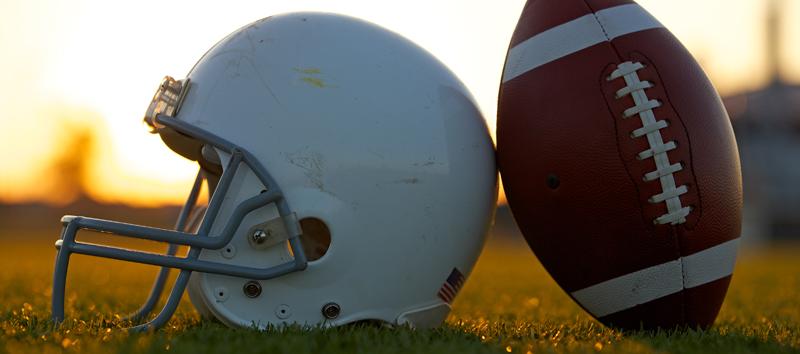
Why Practise Females Go More Concussions Than Males?
What Happens to the Brain During a Soccer Concussion?
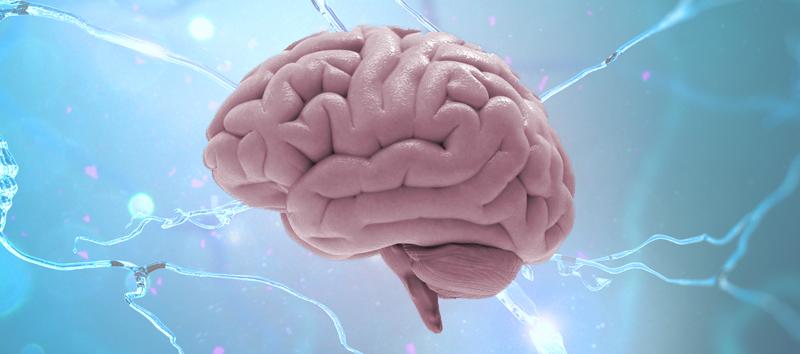
Brain Basics
What Happens in the Brain During a Concussion?
Bruising
Blood Vessel Tears
Nerve Cell Damage
What Are the Most Common Causes of Soccer Concussions?
Heading the Ball
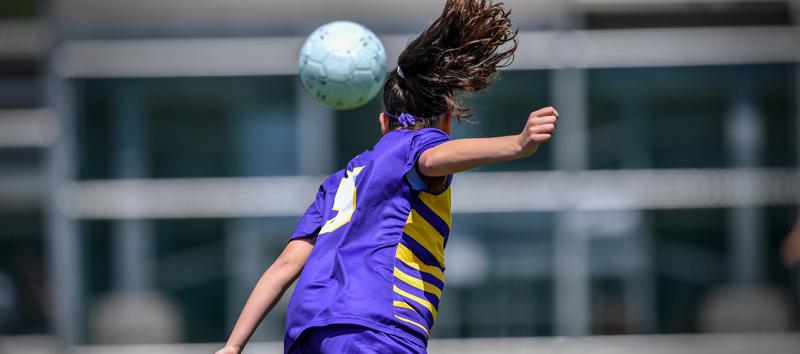
Body-to-Torso Contact
Unexpected Impacts
Can Yous Forestall Soccer Concussions?
Heading
Safe Equipment
Vision Screening
Virtual Reality
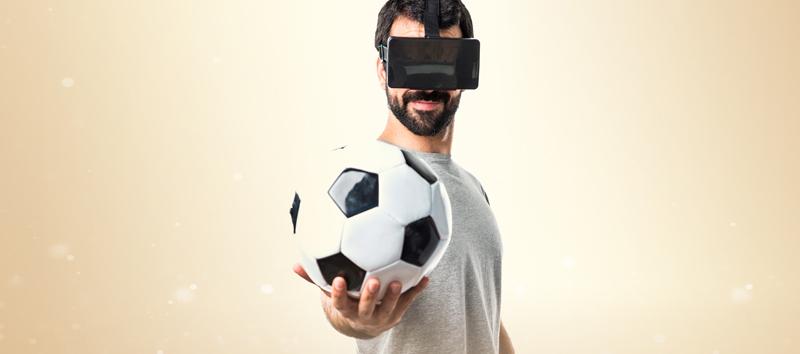
Identifying Concussions
Baseline Testing
Sideline Protocols
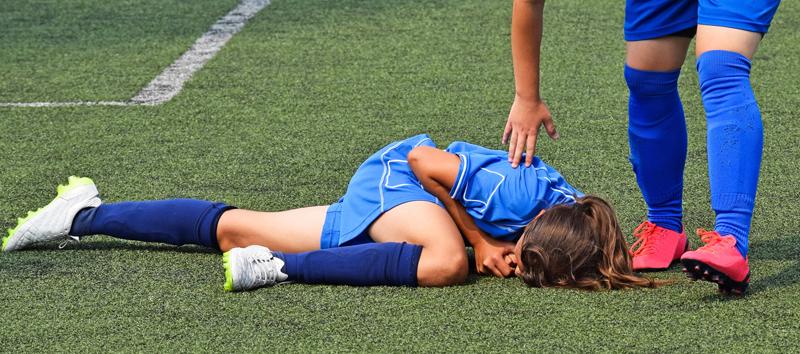
Sideline Remainder and Vision Checks
Reporting Symptoms
Recovering from a Soccer Concussion
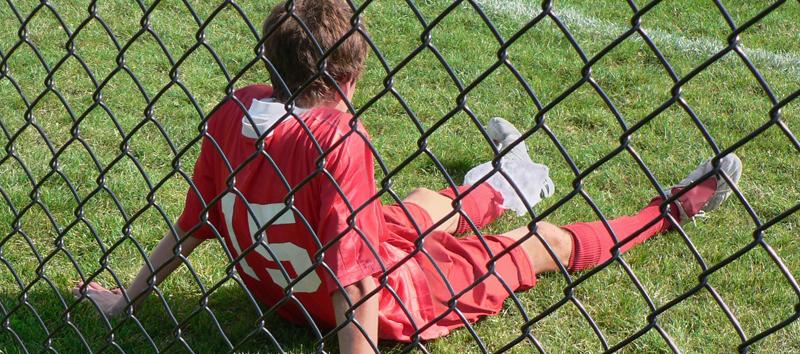
Stay Active
Neck Stretches
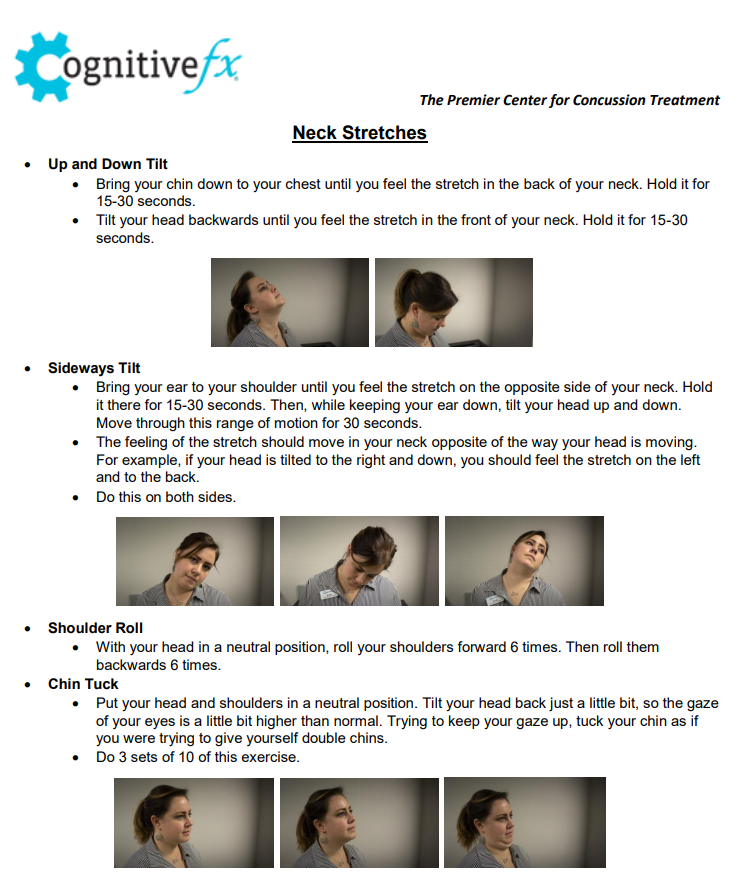
Patience
Terminal Thoughts
Most Dr. Jaycie Loewen
Dr. Jaycie Loewen is a Clinical Neuroscientist who received her Doctorate of Neuroscience at the Academy of Utah. Her background includes the written report of basic and clinical brain injury, including the publication of research regarding mechanisms of epilepsy pathophysiology. Her work has elucidated the office of glial and neuronal prison cell profiles in viral-induced brain injury and astute seizures. Dr. Loewen is farther a Howard Hughes Medical Institute Scholar, with a Master's in Clinical Investigation awarded in 2018, equally well as a recipient of the Higher Education Teaching Specialist Certificate. Through these degrees, she obtained experience with patient care and educational activity too as an understanding of the necessity of respecting patient experience and symptoms. Dr. Loewen's focus is firstly patient intendance and education. She too provides literature analysis and aids in the publication of Cerebral FX'south research. Her goal is to improve Cerebral Fx's ability to help patients through equal interaction and communication, besides equally the furthering of concussion and mild traumatic brain injury handling and science.
Source: https://www.cognitivefxusa.com/blog/soccer-concussions-myths-facts-prevention-and-recovery
0 Response to "What Happens if You Have a Concussion and Still Play Football and Get Hit in the Head Again"
Post a Comment